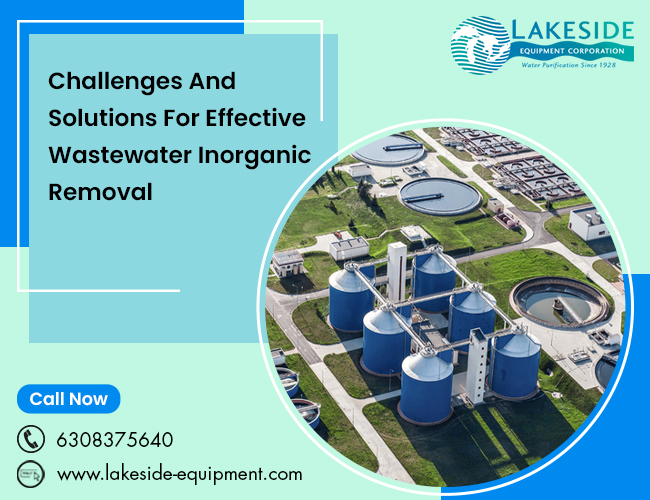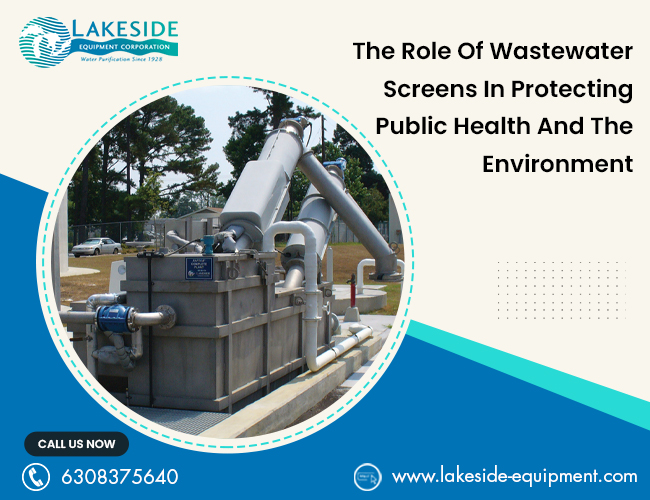The Impact Of Wastewater Clarifiers On The Overall Performance Of Treatment Plants

Wastewater treatment is a crucial process that helps to keep our environment clean and safe. Wastewater clarifiers are one of the essential components of wastewater treatment plants. They help to remove solids and other impurities from wastewater before it is discharged back into the environment. In this blog, we will explore the impact of wastewater clarifiers on the overall performance of treatment plants. Introduction to Wastewater Clarifiers Wastewater clarifiers are large tanks that are designed to remove solid particles from wastewater. These particles can include suspended solids, organic matter, and other impurities. The clarifiers work by using gravity to settle out these particles, leaving clear water on top. The settled solids are then removed from the bottom of the clarifier and sent to further treatment. The Importance of Wastewater Clarifiers Wastewater clarifiers play a critical role in the treatment of wastewater. They help to remove solids and other impurities that co





